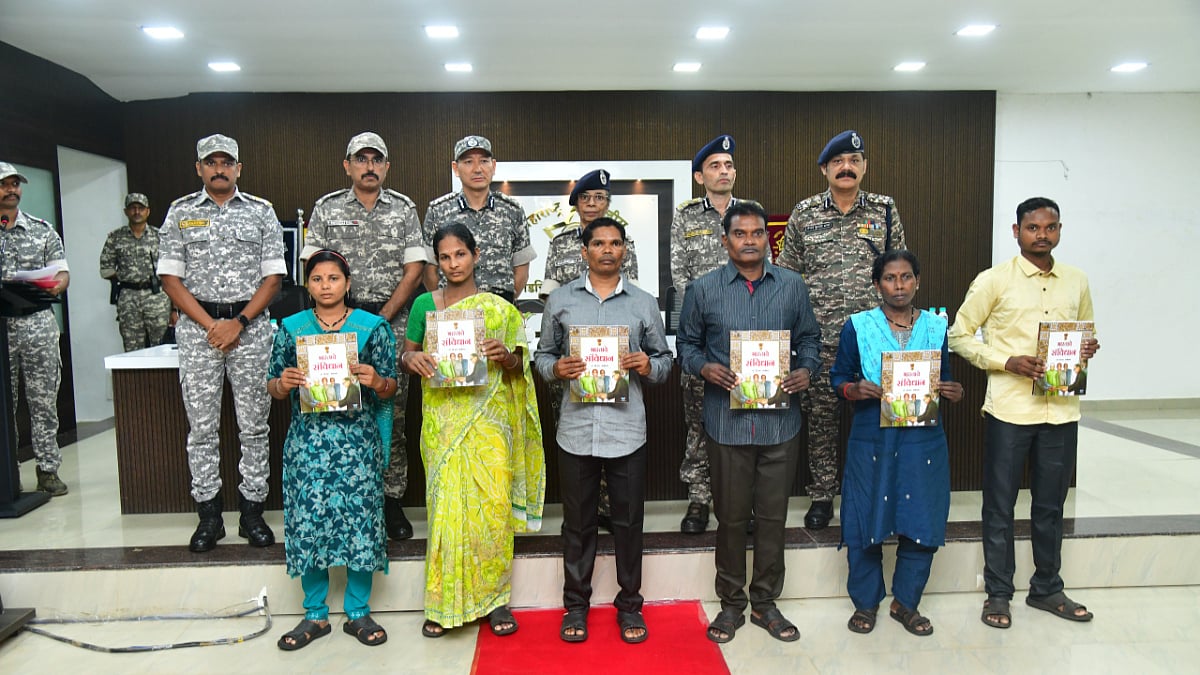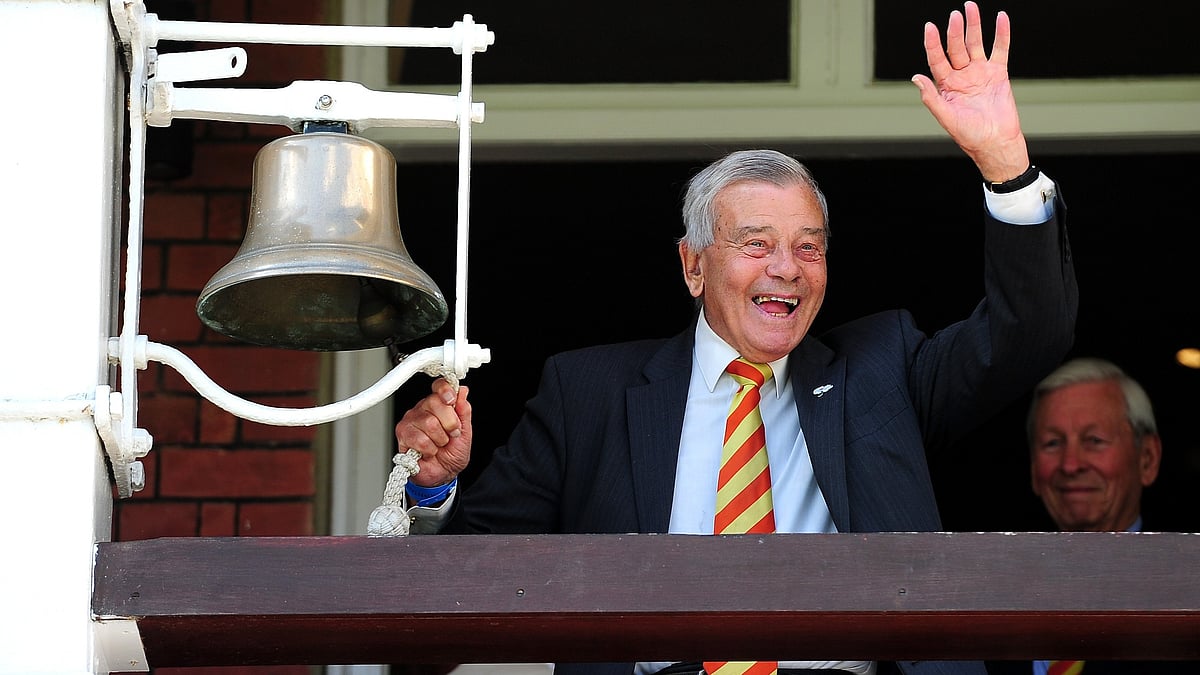The death of several commuters on the Central Railway tracks on Monday brings back focus on a yet-to-be-implemented Rs 21,000 crore makeover plan for the suburban train network prepared by an expert committee nine years ago.
The report, which had pointed out that the suburban train system was running 400 times its capacity, cautioned that the situation could explode by the year 2030 if nothing is done to improve the suburban train system, civic rights activist B N Kumar, who runs ‘Human Chain’ forum said.
People are forced to risk their lives due to fear of getting late to work and unsure of the next train coming in time. Hence, they travel by hook or crook, he said in his appeal to Railway Minister Ashwany Vaishnav.
The ‘Report On Review Of Rising Trend Of Accidental Deaths In Mumbai Suburban System’ is, unfortunately, gathering dust in the Central Railway shelves even as the commuters continue to die on the tracks and are forced to travel like worse than cattle, Kumar said posting the appeal on the PMO public grievances web site.
One of the main reasons for the overcrowding is the commenters’ uncertainty over the punctuality and availability of the ‘next train’ amid ever rising population pressure on the suburban railway system.
The lack of availability of rakes due to peak hour train jams at various termini and the shortage of stabling lines (or parking places) for local trains was cited as the main pain points Kumar, who ran #MissionMumbaiLocal campaign in 2016 said.
One of the key recommendations by the expert committee, hence, was to construct a loop system by which a train terminating at a station could go ahead and take a U turn to change tracks and platform to head for the next destination in its return journey.
Under the prevailing practice, a rake from the terminus has to roll back and change tracks to allow another train to come to the platform. This leads to a piling up of trains back-to-back, further worsening the traffic jam on the tracks. This also creates serious mobility problems(drag) for the Railways.
The loop system, as per the report, could have been constructed underground in the land available at the extended CSMT, Kumar said.
At CST, as per the report, slow lines were proposed to be shifted to underground options forming a loop between Up and Down lines, in a group of six lines. For Panvel, the committee suggests extension of services up to Karjat and Roha. These solutions when implemented at CST, Thane, Kalyan, Karjat and Kasara will permit 20% extra trains on the slow lines immediately.
Kumar who ran the award winning #MissionMumbaiLocal campaign in 2016 recalled that the Central Railway had in fact appointed the committee way back in 2015 following instructions from the then Railway Minister Suresh Prabhu to study the gravity of the deaths on tracks.
This was after a youth Bhavesh Nakate slipped to death while hanging from a speeding train near Thane. The video of Nakate’s fatal fall went viral and Prabhu asked the central and Western Railways to come out with plans to avert such tragedies,
Literally digging out the committee report in 2016, Kumar had launched the “Mission Mumbai Local '' campaign when ten people were losing their lives daily on an average on the Central Railways Mumbai suburban tracks alone.
The then MPs – Kirit Somaiya, Poonam Mahajan, Arvind Sawant and Rajan Vichare – apart from commissioners of Mumbai, Thane and Kalyan municipal corporations and the then Central Railway general manager S K Sood are signatories to the report which also had a series of technical specifications for the makeover.
Kumar recalled that the committee came out with a report suggesting a Rs 21,000 crore makeover plan that includes acquisition of 150 new rakes, construction of stabling lines (or parking places) for local trains, fencing of tracks and road over bridges and a comprehensive disaster management plan.
As of 2015, CSMT had a maximum of 465 trains terminating, followed by Thane with 395, Panvel 274, Kalyan 194, and Vashi 181 trains. These stations can be freed from the drag on the pipeline by constructing auxiliary platforms of 40m x 400 m at 6m height level to augment the existing narrow platforms.

BN Kumar is the author is director of NatConnect Foundation |











